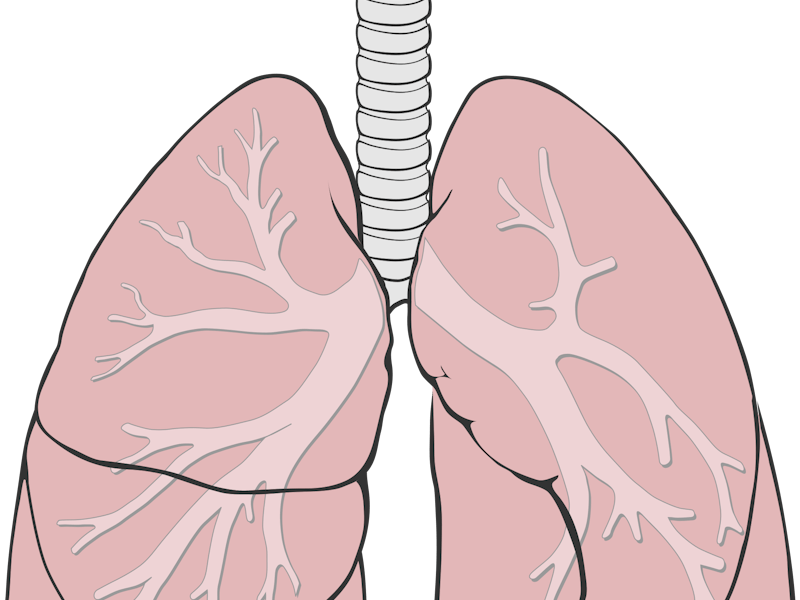Pulmonary Lobectomy: Ruth Bader Ginsburg's Surgery, Explained
"Post-surgery, there was no evidence of any remaining disease," announced the court.

Supreme Court Justice Ruth Bader Ginsburg is “resting comfortably” after having undergoing a pulmonary lobectomy on Friday at a hospital in New York City.
Ginsburg had two nodules removed from the inferior, or lower, lobe of her left lung. Both of the nodules were discovered in November, and after the surgery on Friday, were found to be malignant, or containing cancerous cells, after initial testing.
“Scans performed before surgery indicated no evidence of disease elsewhere in the body,” according to a statement released by the Supreme Court.
What is a pulmonary lobectomy?
“Pulmonary” means in relation to the lungs, and “lobectomy” means the removal by surgery of part of a lobe in the body. The left lung in a human is comprised two lobes and the right lung comprised of three lobes.
While we don’t yet know how the doctors performed the procedure on the 85-year-old Supreme Court Justice, the Johns Hopkins School of Medicine offers a general description of a lobectomy this way: “In most cases, during a lobectomy the cut (incision) is made at the level of the affected lobe. The incision is most often made on the front of the chest under the nipple and wraps around the back under the shoulder blade. The surgeon gets access to the chest cavity through the exposed ribs to remove the lobe.”
Lobectomies are performed for a few reasons, including lung cancer. Other reasons are for tuberculosis, abscesses in the lungs, emphysema, fungal infections, or benign tumors.
Recovery
In her recovery, Ginsburg may be taught deep-breathing exercises and new methods for coughing that will help her left lung expand again after the surgery. She may need oxygen after the surgery, as some patients do, according to Johns Hopkins. Ginsburg is expected to remain in the hospital, the Sloan Kettering Cancer Center in Manhattan, for a few days.
The Procedure
This video produced by the Cleveland Clinic in 2013 shows how the procedure is commonly performed. This is not the procedure performed on Ginsburg but explains how doctors typically execute this surgery:
In early November, Ginsburg fell and broke two ribs, and during treatment the nodules were discovered. Journalist Joe Patrice speculated that if she hadn’t suffered the fall in November, the malignant nodules might not have been discovered.
Below is the full statement from the Supreme Court, issued early Friday afternoon.
Supreme Court Justice Ruth Bader Ginsburg
Justice Ruth Bader Ginsburg underwent a pulmonary lobectomy today at Memorial Sloan Kettering Cancer Center in New York City. Two nodules in the lower lobe of her left lung were discovered incidentally during tests performed at George Washington University Hospital to diagnose and treat rib fractures sustained in a fall on November 7. According to the thoracic surgeon, Valerie W. Rusch, MD, FACS, both nodules removed during surgery were found to be malignant on initial pathology evaluation. Post-surgery, there was no evidence of any remaining disease. Scans performed before surgery indicated no evidence of disease elsewhere in the body. Currently, no further treatment is planned. Justice Ginsburg is resting comfortably and is expected to remain in the hospital for a few days. Updates will be provided as they become available.
Ginsburg’s health has been of general concern in recent years, as she’s also been held in increasingly high regard for her pioneering achievements in law. This year alone saw two films made about her life. The first, a documentary called RBG, was released in May. The second, a feature film starring Felicity Jones as a young Ginsburg, is due out on Christmas and is called On the Basis of Sex. As such, public interest in Ginsburg has skyrocketed in the last two years, if this Google search trend line is any indication:
Ginsburg’s surgery was trending on Twitter Friday.
This story is developing and will be updated.